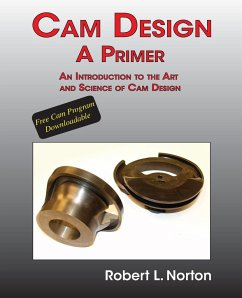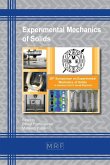I have been studying, teaching about, designing, researching, analyzing, and consulting on cam follower systems for fifty years. I designed many cams at Polaroid Corporation in the 1960-1970 period then went on to teach mechanical engineering at various universities for 42 years until 2012. I usually taught courses on kinematics, dynamics, machine design, and stress analysis. Most of these courses included the design and analysis of cams. Over the years I taught, I also actively consulted for engineering companies all around the world on machine design problems, many of them involving cams. I have written six engineering textbooks. The kinematics book, Design of Machinery, has an introductory chapter on cam design and one on cam dynamics. Cam Design and Manufacturing Handbook, written late in my career, encapsulates all the art and science on cams that I have learned from study, experimentation and original research done with my graduate students, and my 50-years of experience in cam design. When I consulted with companies about cams, it was common to find that the engineers who had designed them had little idea or expertise on how to properly design a cam. This was not because they were bad engineers; they were not. I blame it on a lack of training in cam design in their engineering education. Having spent my career in the "engineering ed biz," I know for a fact that most U.S. engineering curricula seldom mention cam systems to their students, let alone teach them anything useful about the subject. If cams are taught at all, they typically are included in a first course in kinematics. Many textbooks written for that course, if they have a cam chapter, it is almost always out-of-date and full of errors and misinformation. Even kinematics books written relatively recently continue to contain the same obsolete and misleading information on cam design that has been prevalent for the past 50 years. My kinematics book Design of Machinery is a notable exception; it is up-to-date. The above-described situation gave me the motivation to write this primer on cam design. I want to provide a simple, clearly written, short, and inexpensive description of how to (and how not to) design a cam, aimed at the engineer in industry that may occasionally be required to do so, but may have little or no training and experience for the task. This book is essentially a lightly abridged version of the first few chapters of my comprehensive and complete book on the subject, the Cam Design and Manufacturing Handbook. I believe that this information will serve to get an engineer to the point that he or she can design a simple cam-follower system that will work. If their career finds them needing to do more than occasional work of this sort, then they can consult my more comprehensive book and other tomes on the same subject.








